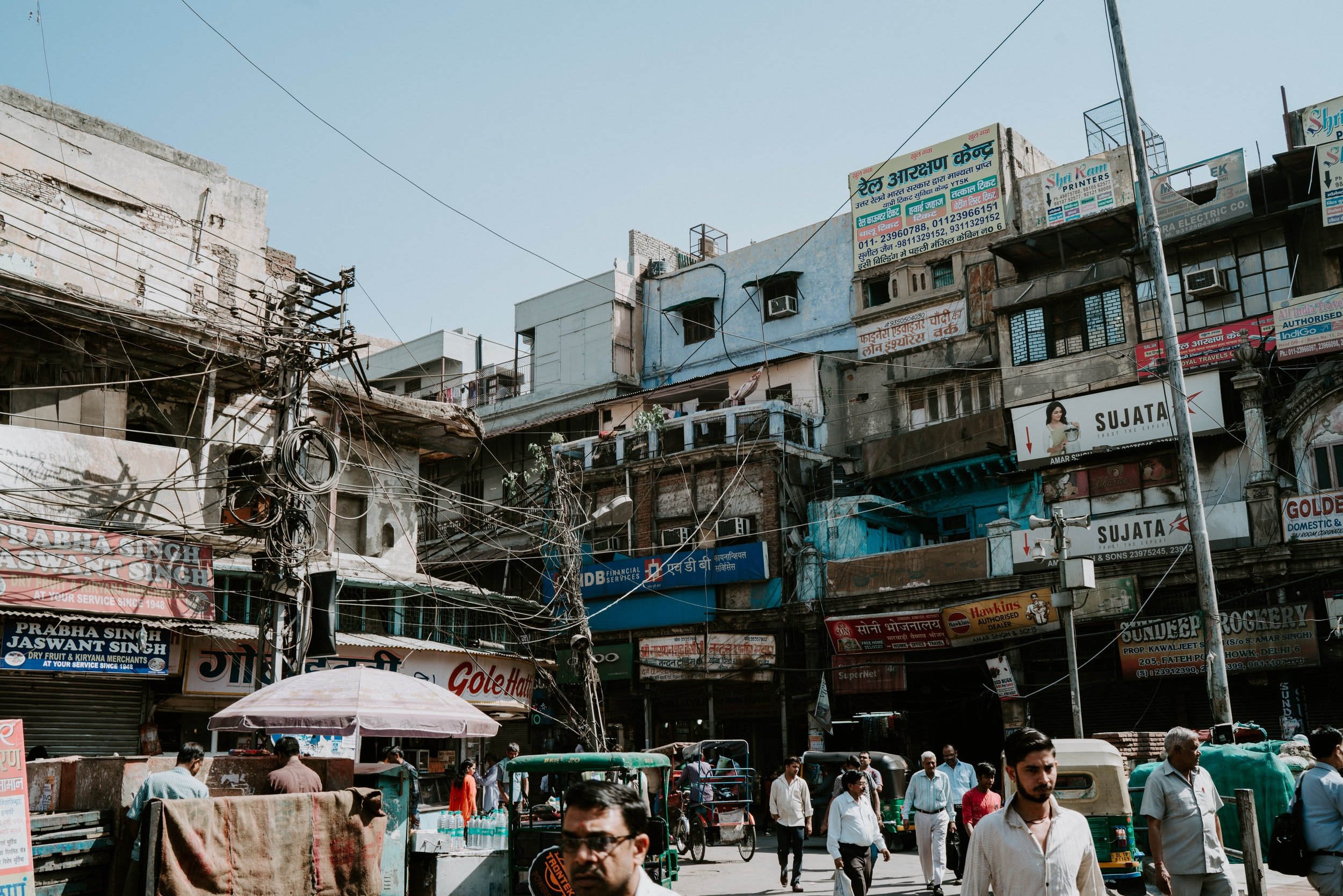Mumbai, Delhi, Pune, Bengaluru and various other cities have been the locus of COVID-19 infection in India. Given that these cities also have some of the highest population densities in the country, density is being blamed for the spread of contagion. However, density is not at fault, the management of that density is. Poor urban management has led to chaotic urban expansion in Indian cities which gives rise to various socio-economic challenges. India’s urbanisation trajectory is unique. This paper, written by Patrick Lamson-Hall, Harshita Agrawal, Kadambari Shah, and I delves deeper into the haphazard and informal growth of urban cities and analyses how urban expansion can be better planned and governed. It starts by analysing the patterns of urban expansion in India and around the world, comparing their similarities and contrasting their differences. It then goes on to examine the causes of the country’s disorderly growth and its implications, particularly on housing, transport and public service delivery. The paper concludes by highlighting some key tactics and policy ideas to capitalise on India’s growing cities by transforming them into thriving engines of growth.
Read the full paper.
